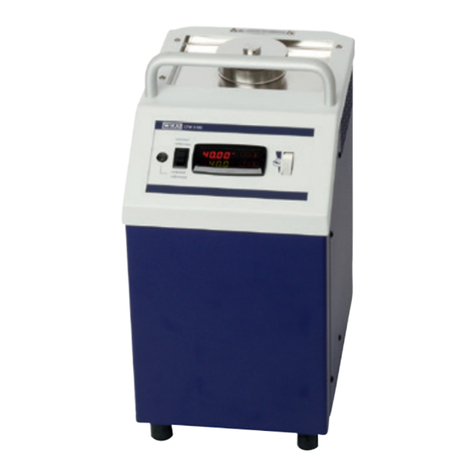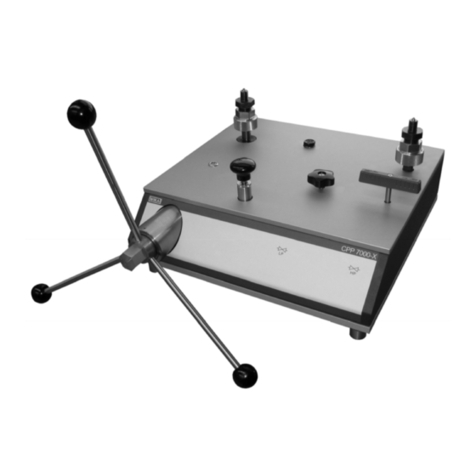WIKA CPH7650 User manual
Other WIKA Test Equipment manuals

WIKA
WIKA PG28 User manual
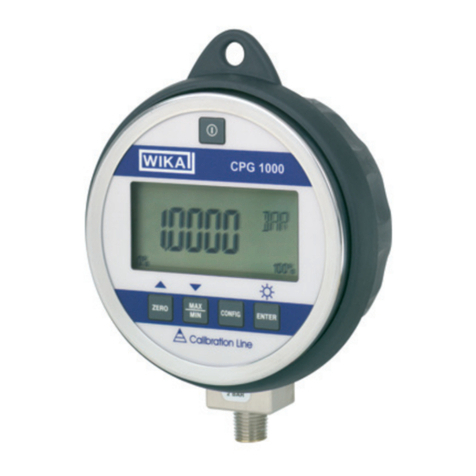
WIKA
WIKA CPG1000 User manual
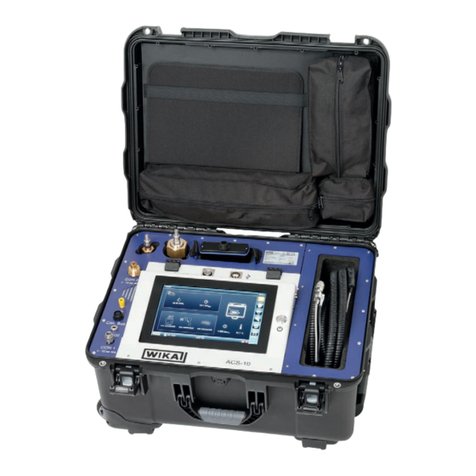
WIKA
WIKA ACS-10 User manual
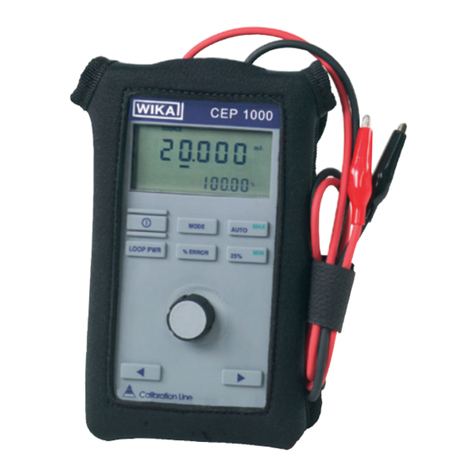
WIKA
WIKA CEP1000 User manual

WIKA
WIKA CEP1500 User manual

WIKA
WIKA CTD9100-ZERO User manual
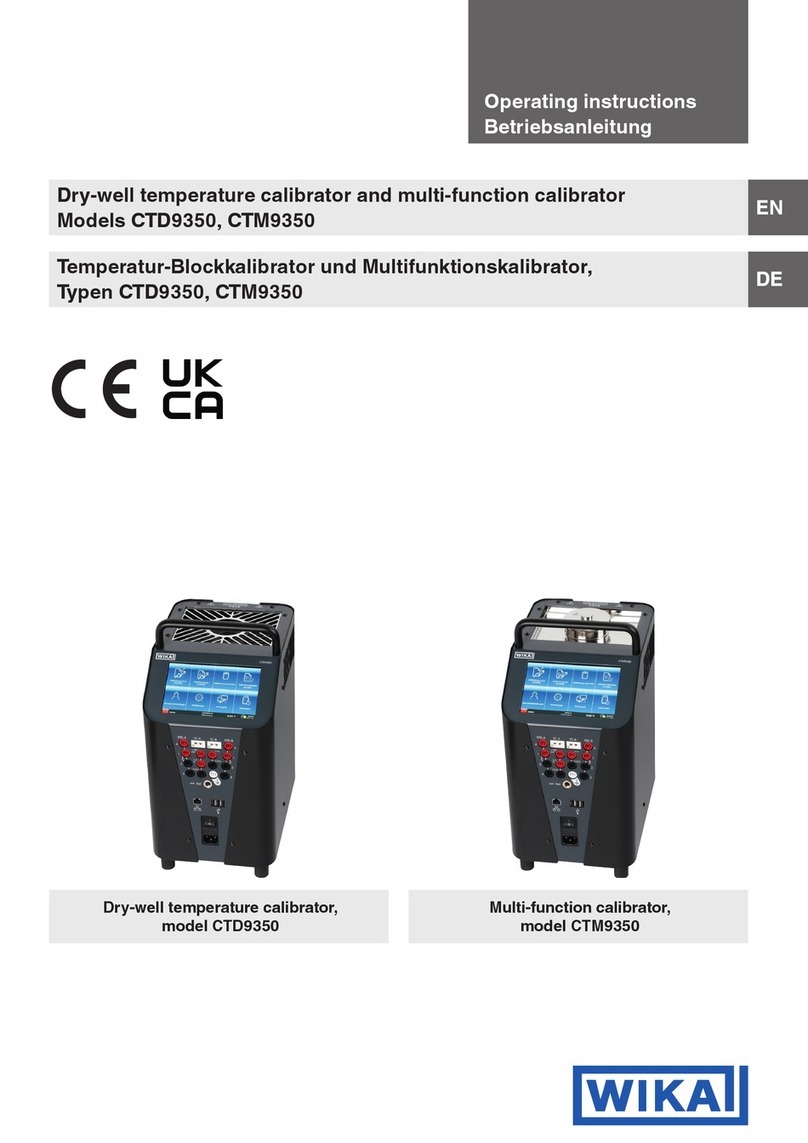
WIKA
WIKA CTD9350 User manual
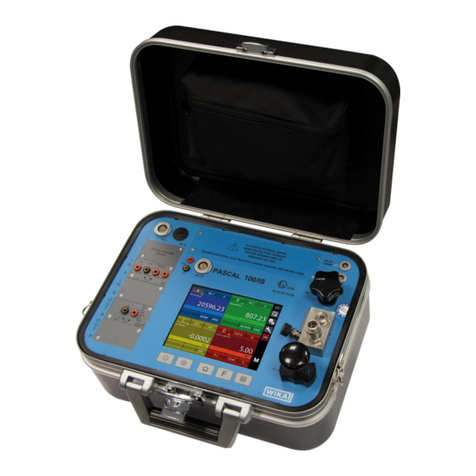
WIKA
WIKA PASCAL 100 User manual
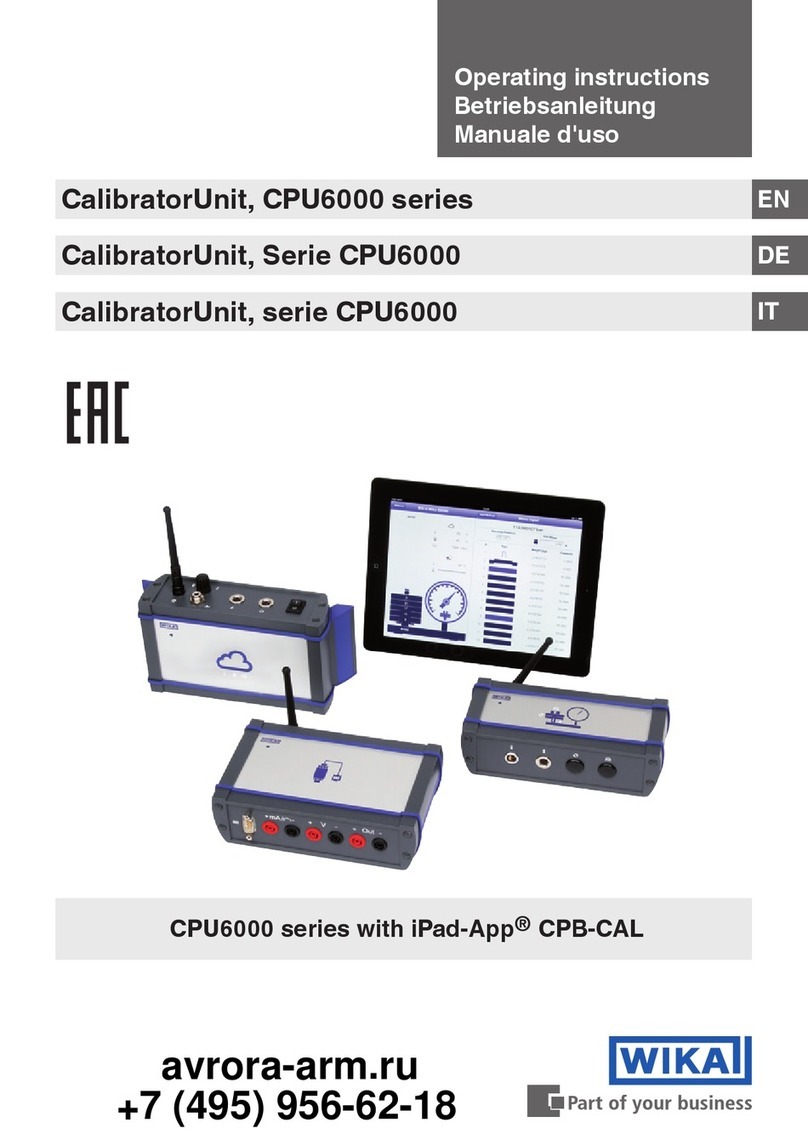
WIKA
WIKA CalibratorUnit CPU6000 Series User manual
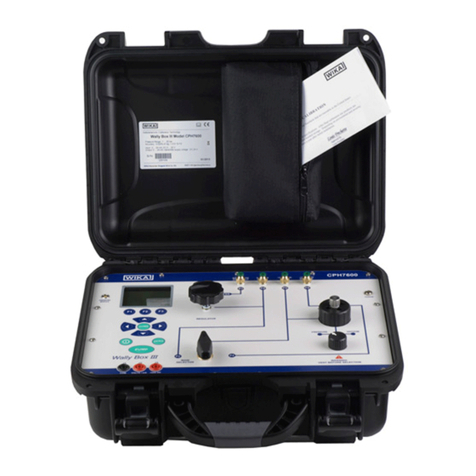
WIKA
WIKA Wally Box III User manual
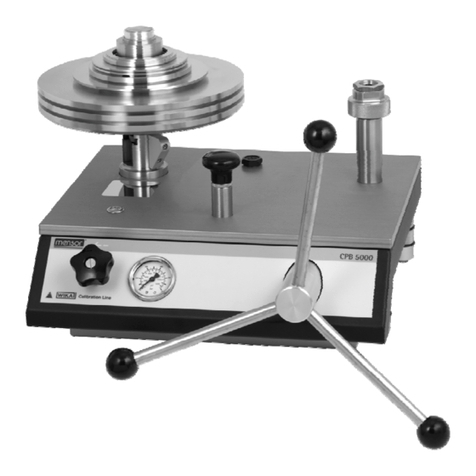
WIKA
WIKA CPB 5000 User manual

WIKA
WIKA CPB3500 User manual
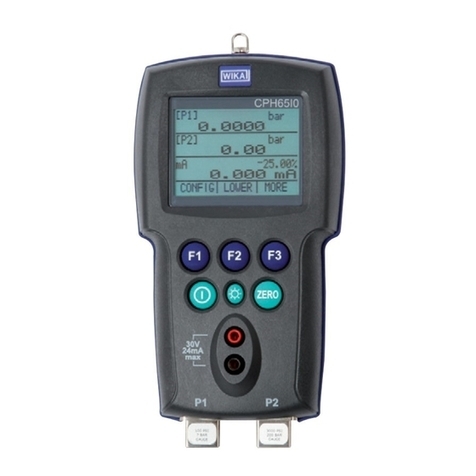
WIKA
WIKA CPH65I0 User manual
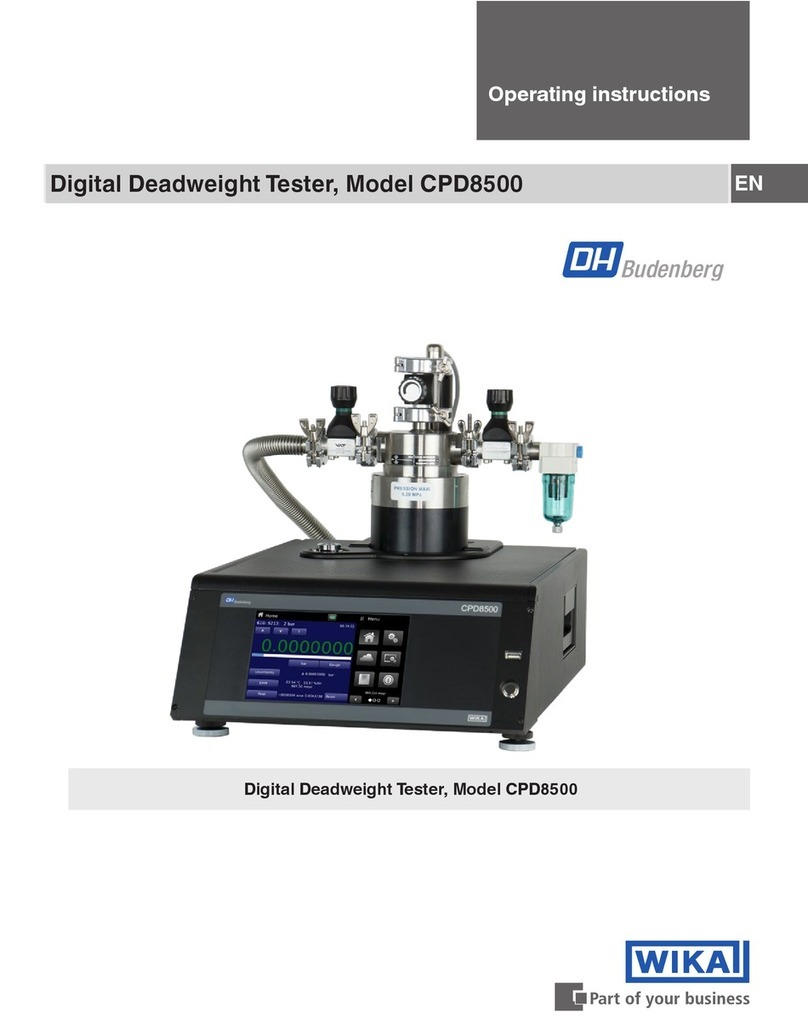
WIKA
WIKA CPD8500 User manual
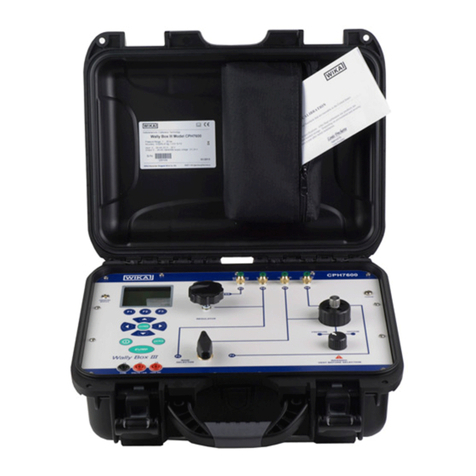
WIKA
WIKA Wally Box III CPH7600 User manual
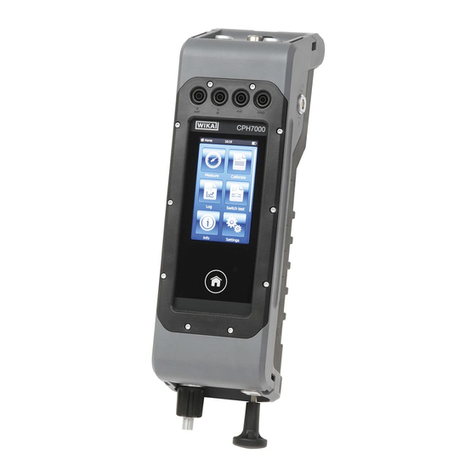
WIKA
WIKA CPH7000 User manual
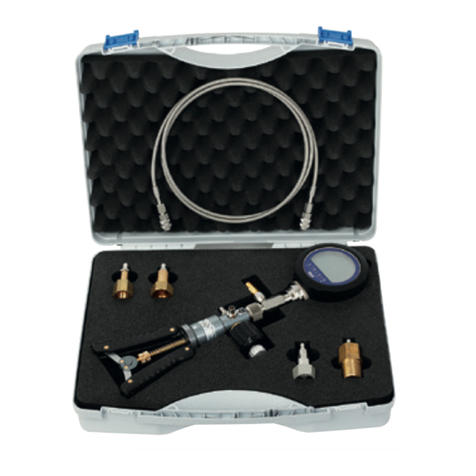
WIKA
WIKA BCS10 User manual
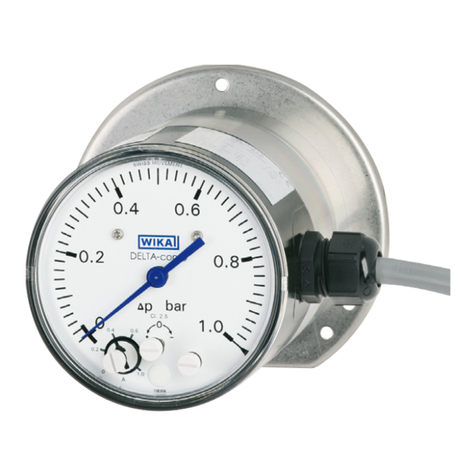
WIKA
WIKA DELTA-comb DPGS40TA User manual
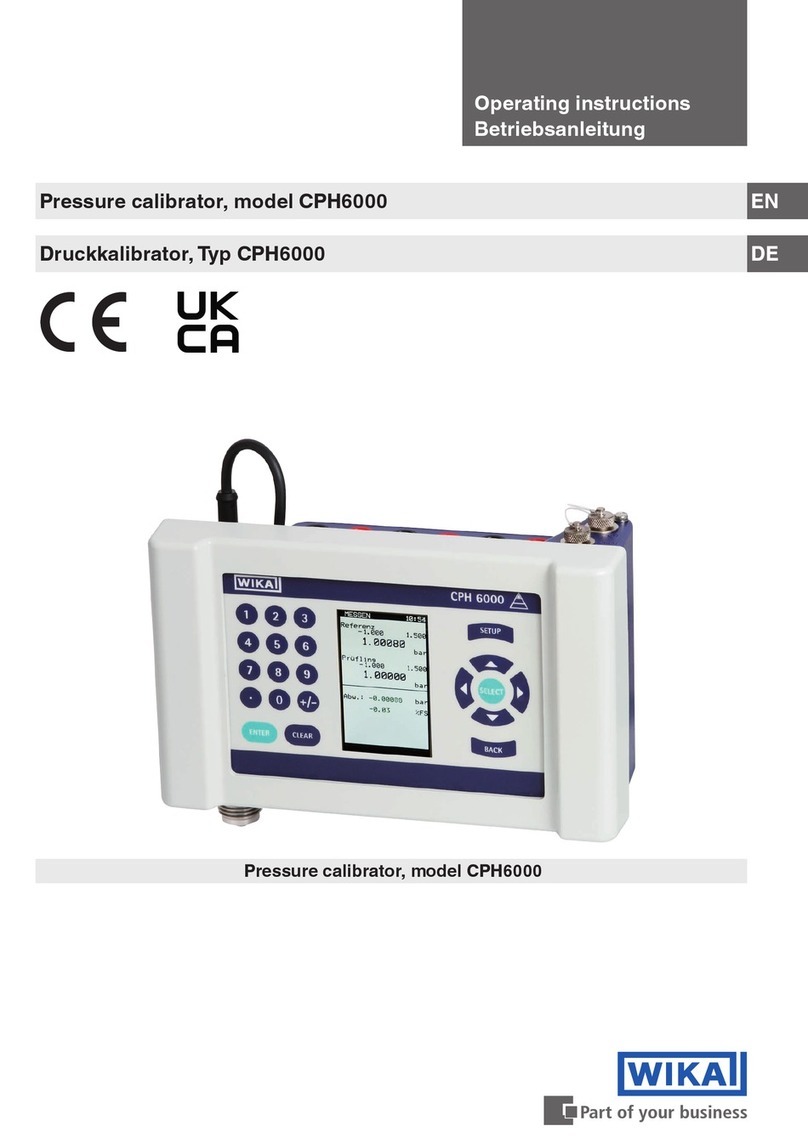
WIKA
WIKA CPH6000 User manual
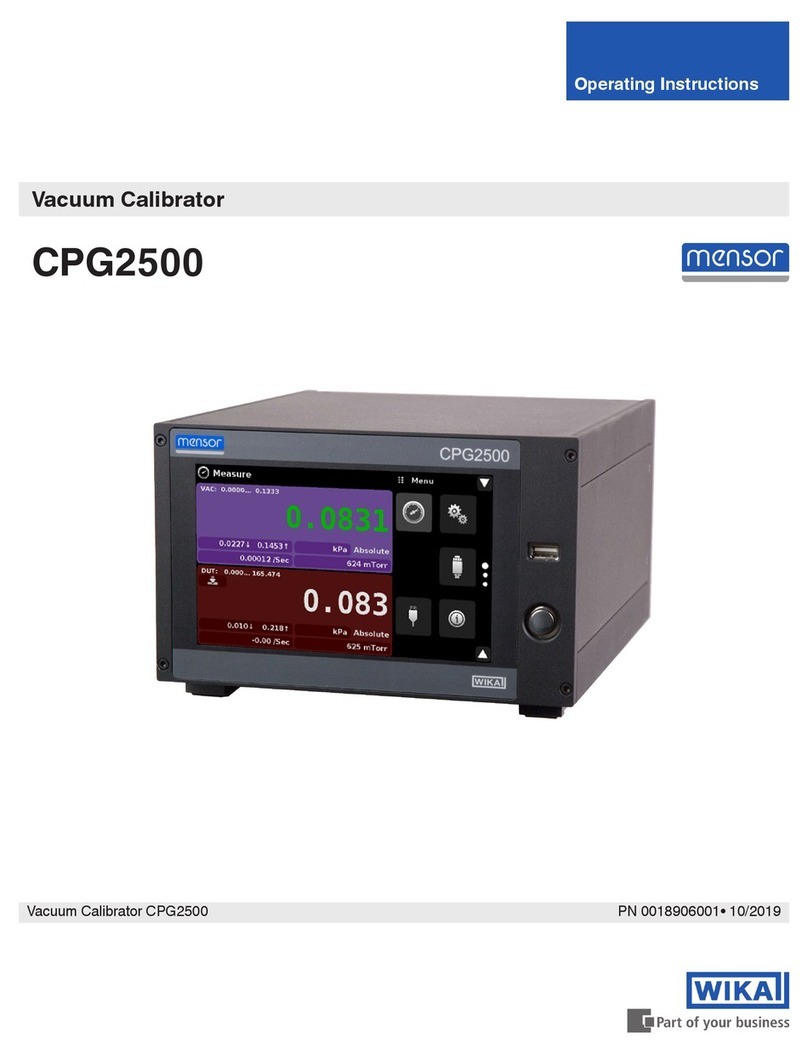
WIKA
WIKA mensor CPG2500 User manual
Popular Test Equipment manuals by other brands

Redtech
Redtech TRAILERteck T05 user manual

Venmar
Venmar AVS Constructo 1.0 HRV user guide

Test Instrument Solutions
Test Instrument Solutions SafetyPAT operating manual

Hanna Instruments
Hanna Instruments HI 38078 instruction manual

Kistler
Kistler 5495C Series instruction manual

Waygate Technologies
Waygate Technologies DM5E Basic quick start guide

StoneL
StoneL DeviceNet CK464002A manual

Seica
Seica RAPID 220 Site preparation guide

Kingfisher
Kingfisher KI7400 Series Training manual

Kurth Electronic
Kurth Electronic CCTS-03 operating manual

SMART
SMART KANAAD SBT XTREME 3G Series user manual

Agilent Technologies
Agilent Technologies BERT Serial Getting started
